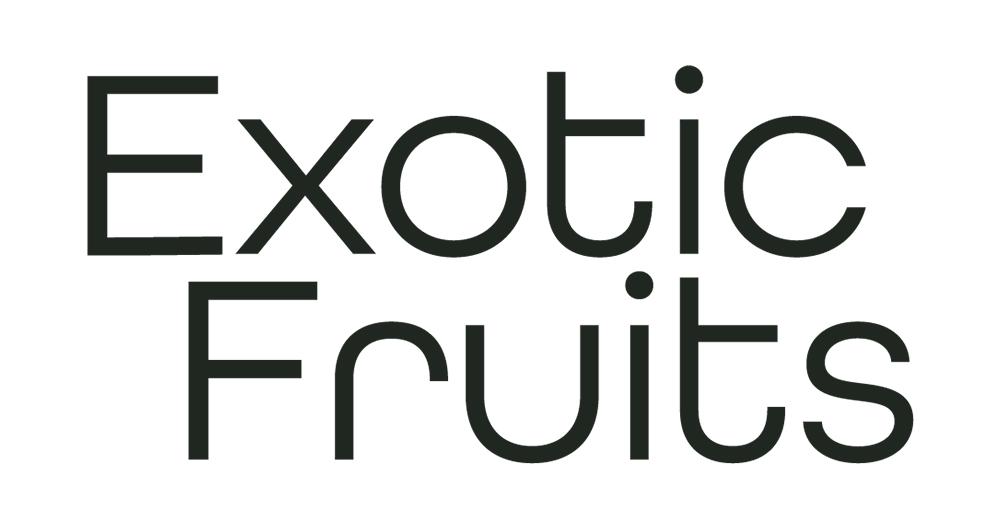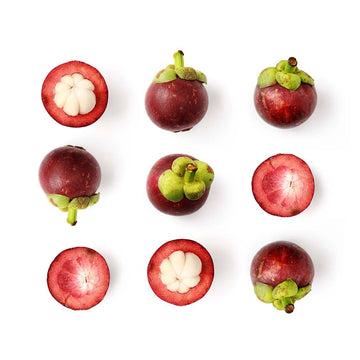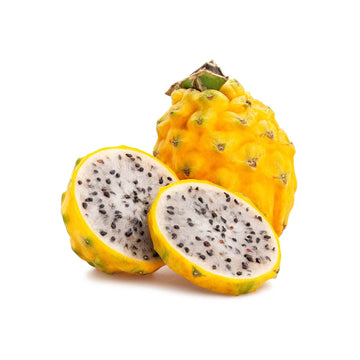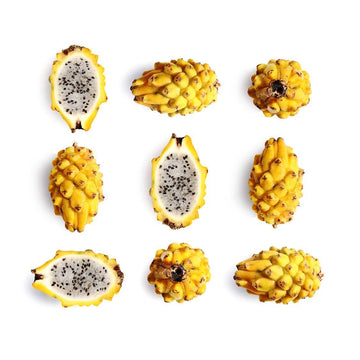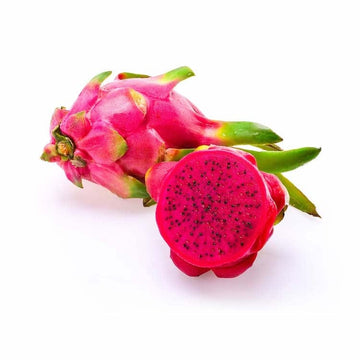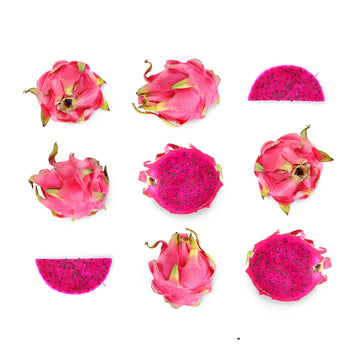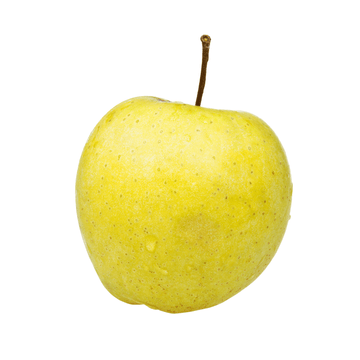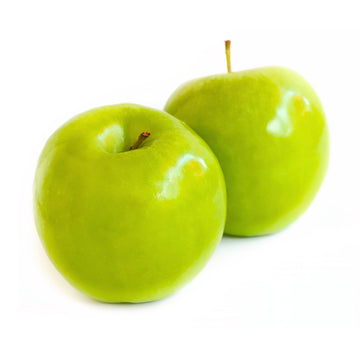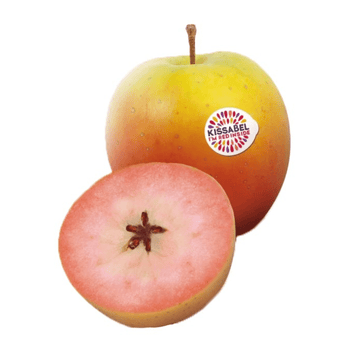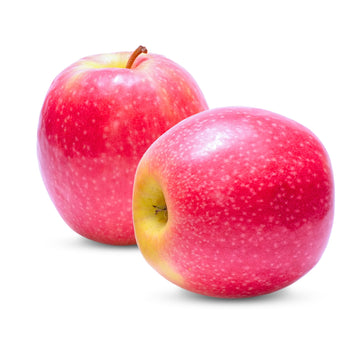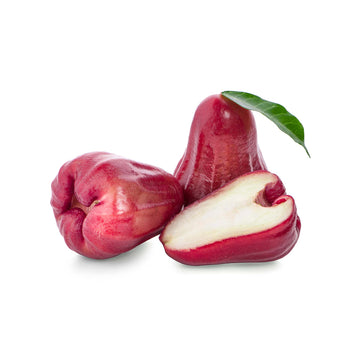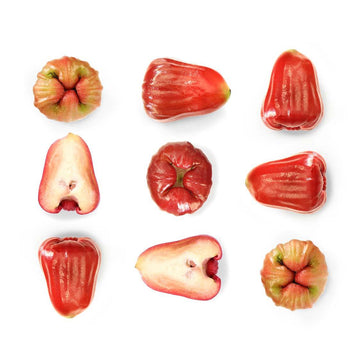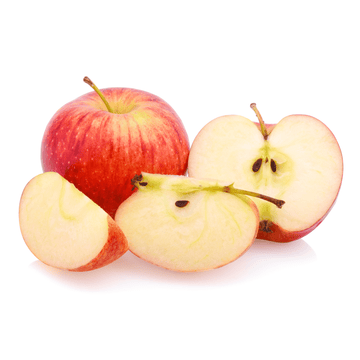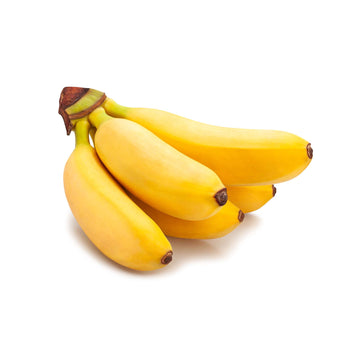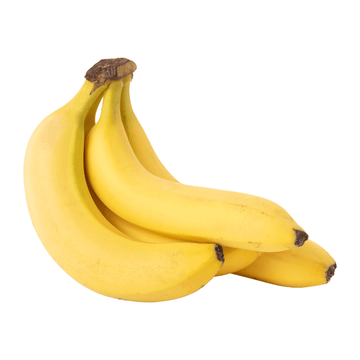How Much Iron Is In Your Diet?
Iron is a vital mineral that plays a critical role in maintaining overall health, yet it’s often overlooked when planning a balanced diet. While many associate iron with meat or leafy greens, fruits—particularly exotic ones—can also contribute to or limit iron intake, depending on their content. This blog post explores the fruits highest and lowest in iron, delving into what iron is, its importance, signs of deficiency, potential health consequences, and considerations for those who may need to limit their intake. We’ll also highlight 10 exotic fruits high in iron, covering their origins, flavours, textures, iron content, and unique characteristics.
Understanding Iron: What It Is and Why It Matters
Iron is an essential trace mineral that the body cannot synthesise on its own, meaning it must be obtained through diet or supplements. It’s a key component of haemoglobin, a protein in red blood cells responsible for transporting oxygen from the lungs to tissues throughout the body. Iron also forms part of myoglobin, which supplies oxygen to muscles, and is involved in energy production, DNA synthesis, and immune function. According to the National Institutes of Health, here is how much iron you should be consuming per day:
-
Infants & Children:
-
Infants (0-6 months): 0.27mg/day
-
Infants (7-12 months): 11mg/day
-
Toddlers (1-3 years): 7mg/day
-
Children (4-8 years): 10mg/day
-
Children (9-13 years): 8mg/day
-
-
Teenagers (14-18 years):
-
Girls: 15mg/day
-
Boys: 11mg/day
-
-
Adults (19+):
-
Women: 18mg/day
-
Men: 8mg/day
-
-
Pregnant women: 27mg/day
-
Post-menopausal women: 8mg/day
Types of Iron
There are two types of dietary iron: heme iron, found in animal products like meat and seafood, which is highly bioavailable (absorbed at 15–35%), and non-heme iron, found in plant-based foods like fruits, vegetables, and grains, which is less bioavailable (absorbed at 2–10%).
Pairing non-heme iron sources with vitamin C-rich foods, such as citrus fruits or papaya, can enhance absorption by converting ferric iron to the more soluble ferrous form. Conversely, substances like phytates (in grains), polyphenols (in tea and coffee), and calcium can inhibit iron absorption.
Signs of Iron Deficiency and Its Consequences
Iron deficiency occurs when intake or absorption is insufficient to meet the body’s needs, leading to low iron stores. Early signs include fatigue, pale skin, shortness of breath, headaches, dizziness, brittle nails, thinning hair, and an inflamed tongue. If untreated, iron deficiency can progress to iron deficiency anemia, a condition where red blood cell production is impaired, reducing oxygen delivery to tissues. This can cause severe fatigue, weakened immunity, heart palpitations, and, in extreme cases, organ damage. According to the World Health Organization, iron deficiency anemia affects over 1.6 billion people globally, making it the most common nutritional deficiency worldwide.
Certain groups are at higher risk, including vegetarians, vegans, menstruating women, pregnant women, children, and adolescents due to increased iron needs or blood loss. In India, for example, the National Family Health Survey-5 reports that 57% of women aged 15–49 and 67% of children aged 6–59 months have anemia, often linked to dietary deficiencies or poor absorption due to parasitic infections or intestinal disorders.
Who Should Limit Iron Intake?
While iron is essential, excessive intake can be harmful, particularly for individuals with haemochromatosis, a genetic condition affecting about 1 in 200 people, which causes excessive iron absorption and storage. This can lead to liver damage, heart problems, and joint pain.
High doses of iron supplements (over 20 mg daily) can cause side effects like constipation, nausea, or, in rare cases, toxicity, especially in children.
Those with haemochromatosis or other conditions like thalassemia should consult a healthcare provider to manage iron intake. Even healthy individuals should avoid excessive iron supplementation without medical advice, as it can interfere with the absorption of other minerals like zinc.
Exotic Fruits High in Iron
Below are ten exotic fruits notable for their iron content, offering a delicious way to boost intake, especially for plant-based diets. Each fruit’s iron content is based on a 100-gram serving, and values are approximate, as they can vary depending on cultivation and preparation.
1. Dried Goji Berries
-
Origin: Native to China and used in traditional medicine for centuries.
-
Flavour and Texture: Sweet-tart with a chewy, slightly sticky texture.
-
Iron Content: Approximately 6.8 mg per 100 grams (38% of the Daily Value [DV] for adults).
-
Other Health Benefits: Goji berries are packed with antioxidants, particularly zeaxanthin, which supports eye health. They’re also high in fibre and vitamin A, promoting digestive and immune health.
2. Dried Mulberries
-
Origin: Native to Asia, particularly Turkey and Iran.
-
Flavour and Texture: Sweet, honey-like flavour with a chewy, slightly crunchy texture.
-
Iron Content: Approximately 2.6 mg per 100 grams (14% DV).
-
Other Health Benefits: Mulberries are low in calories and rich in vitamin C, which aids iron absorption and supports immunity. They also contain resveratrol, which may promote heart health.
3. Dried Apricots
-
Origin: Originated in Central Asia, widely cultivated in Turkey.
-
Flavour and Texture: Sweet-tangy with a soft, chewy texture.
-
Iron Content: Approximately 2.7 mg per 100 grams (15% DV).
-
Other Health Benefits: Dried apricots are high in fibre and potassium, supporting digestion and heart health. They also provide beta-carotene, which benefits skin and eye health.
4. Prunes (Dried Plums)
-
Origin: Derived from plums, originally from Western Asia.
-
Flavour and Texture: Sweet, slightly tart with a juicy, chewy texture.
-
Iron Content: Approximately 0.93 mg per 100 grams (5% DV).
-
Other Health Benefits: Prunes are renowned for their fibre content, aiding digestion and relieving constipation. Their vitamin C content enhances iron absorption, and they’re rich in antioxidants.
5. Dried Figs
-
Origin: Native to the Middle East and Mediterranean.
-
Flavour and Texture: Sweet, caramel-like flavour with a chewy texture and crunchy seeds.
-
Iron Content: Approximately 2.0 mg per 100 grams (11% DV).
-
Other Health Benefits: Figs are rich in fibre and antioxidants, supporting gut health and reducing inflammation. They also provide calcium and potassium for bone and heart health.
6. Medjool Dates
-
Origin: Native to the Middle East, particularly Morocco and Saudi Arabia.
-
Flavour and Texture: Rich, honey-like sweetness with a soft, sticky texture.
-
Iron Content: Approximately 0.9 mg per 100 grams (5% DV).
-
Other Health Benefits: Dates are a natural energy booster due to their high carbohydrate content. They’re rich in potassium and magnesium, supporting muscle function and heart health.
7. Dried Coconut
-
Origin: Native to tropical regions like Southeast Asia and the Pacific Islands.
-
Flavour and Texture: Sweet, nutty flavour with a crunchy, flaky texture.
-
Iron Content: Approximately 3.3 mg per 100 grams (18% DV).
-
Other Health Benefits: Dried coconut provides electrolytes, aiding hydration, and healthy fats that support brain health. It’s also high in manganese, which supports bone health.
8. Pomegranate
-
Origin: Originated in Persia, now grown in India and the Mediterranean.
-
Flavour and Texture: Tart, juicy seeds with a sweet undertone and a crunchy texture.
-
Iron Content: Approximately 0.3 mg per 100 grams (2% DV).
-
Other Health Benefits: Pomegranates are high in vitamin C, boosting iron absorption and immunity. Their antioxidants, like punicalagins, may reduce inflammation and support heart health.
9. Soursop (Graviola)
-
Origin: Native to the Caribbean and Central America.
-
Flavour and Texture: Creamy, custard-like texture with a sweet-tangy, pineapple-like flavour.
-
Iron Content: Approximately 0.6 mg per 100 grams (3% DV).
-
Other Health Benefits: Soursop is rich in antioxidants and vitamin C, supporting immune health. It may also have anti-inflammatory properties, though seeds should be avoided due to potential toxins.
10. Tamarind
-
Origin: Native to Africa, widely grown in India and Southeast Asia.
-
Flavour and Texture: Tart, tangy pulp with a sticky, fibrous texture.
-
Iron Content: Approximately 2.8 mg per 100 grams (16% DV).
-
Other Health Benefits: Tamarind’s vitamin C content enhances iron absorption, and its antioxidants may support heart health. It’s also used traditionally to aid digestion.
Maximising Iron Absorption from Fruits
To optimize iron absorption from these exotic fruits, pair high-iron options like dried goji berries or tamarind with vitamin C-rich fruits like pomegranate or soursop. Avoid consuming tea, coffee, or calcium-rich foods (e.g., dairy) with iron-rich meals, as they can reduce absorption.
Cooking in cast-iron cookware can also boost the iron content of foods, as studies show it increases iron levels by 1.5–3.3 times. For those with deficiency, incorporating a variety of these fruits into smoothies, salads, or snacks can help meet iron needs naturally.
Conclusion
Iron is a cornerstone of good health, supporting oxygen transport, energy production, and immune function. Exotic fruits offer a flavourful way to boost your daily intake with iron-rich options like dried goji berries, mulberries, or tamarind. By understanding your body’s iron needs and pairing these fruits strategically with vitamin C sources, you can enhance absorption and maximise health benefits. With their vibrant flavours and diverse nutrients, these exotic fruits make it easy to enjoy a balanced, iron-conscious diet.
Always consult a healthcare provider if you suspect deficiency or have conditions like haemochromatosis, ensuring your diet aligns with your unique needs.
